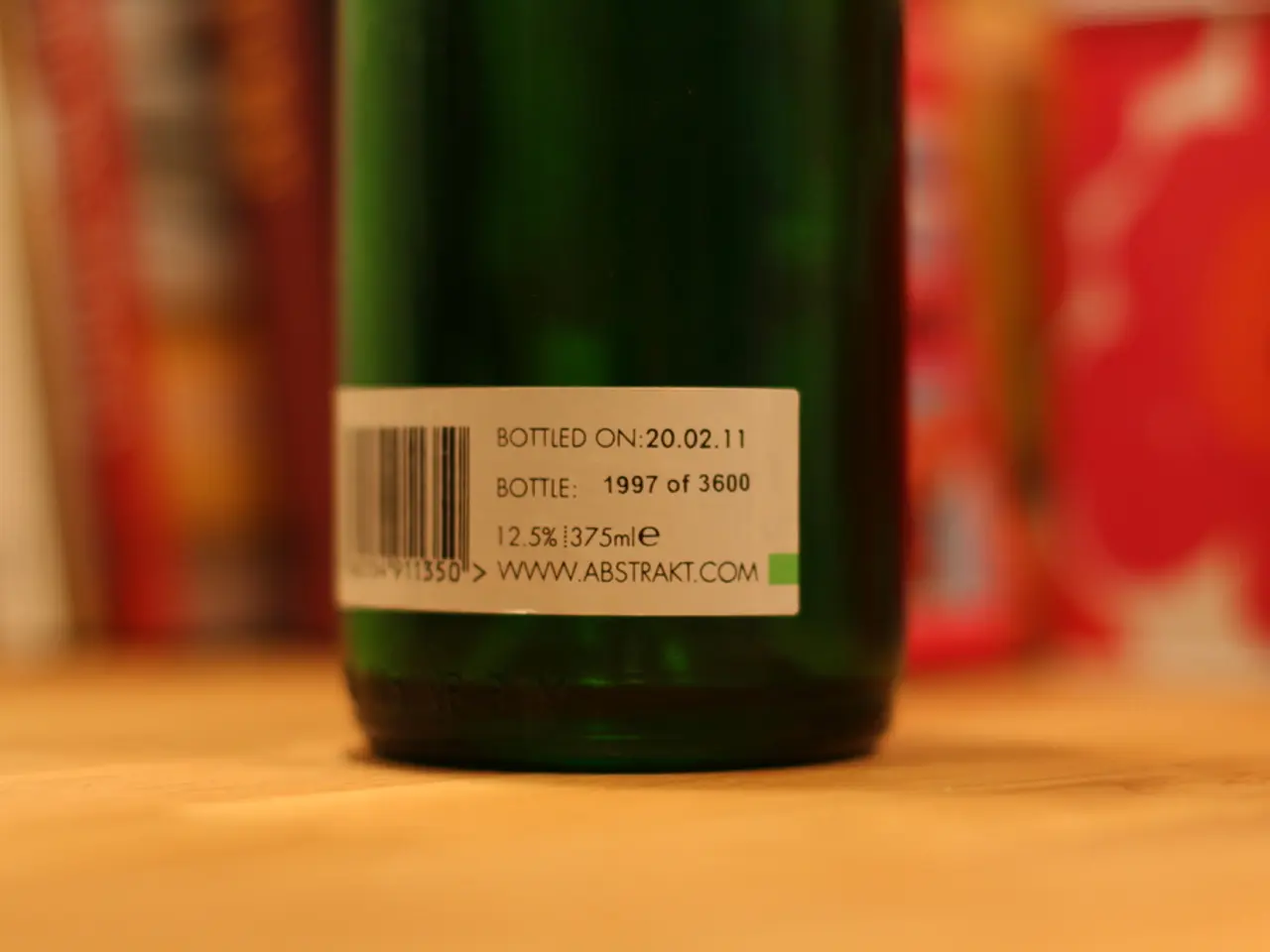A reminder about the importance of using sunscreen and sun safety during the summer months
In the face of over 300,000 new skin cancer diagnoses each year, it's crucial to understand the facts about sunscreen and its ingredients. Skin cancers, caused primarily by ultraviolet (UV) light, are preventable with the right precautions, including the consistent use of sunscreen.
The safety of sunscreen ingredients has been a topic of debate, particularly when it comes to chemical versus mineral formulations.
Chemical Sunscreens: Myths and Reality
One common misconception is that chemical sunscreens are inherently safer because they are FDA-approved. However, FDA approvals often rely on decades-old data that do not account for systemic absorption or long-term use. The FDA is currently requesting updated safety data for many chemical ingredients, such as oxybenzone and octinoxate.
Another myth suggests that chemicals like oxybenzone cause cancer directly. While some chemicals show hormone-like effects in lab animals at unrealistically high doses, real-world exposure is much lower, and no direct human cancer link has been confirmed.
In 2021, some spray sunscreens were recalled due to benzene contamination, a known carcinogen. However, this was a manufacturing issue, not an inherent sunscreen risk.
Mineral Sunscreens: A Safer Alternative?
Mineral sunscreens, such as those containing zinc oxide and titanium dioxide, are generally considered safer alternatives for most people. They sit on the skin surface and provide broad-spectrum protection against UVA and UVB rays.
Concerns about nanoparticles penetrating the skin exist, but current research suggests that nanoparticles stay on the skin surface without systemic absorption. However, some mineral products may include chemical "boosters" like butyloctyl salicylate (BOS), which are less regulated and may carry unknown risks.
Natural Sunscreens and Alternatives
Myths about natural sunscreens, such as those based on beef tallow, suggest they are not water-resistant or clog pores. Properly formulated natural products combining beef tallow, beeswax, and other ingredients can be water-resistant and non-comedogenic, sometimes providing good skin compatibility and regulating sebum.
However, to offer broad-spectrum UV protection recognised for preventing skin cancer, natural ingredient-based sunscreens must contain effective physical blockers like zinc oxide. Mineral sunscreens with zinc oxide or titanium dioxide remain the most widely recommended natural or natural-derived options for skin cancer prevention.
The Future of Sunscreen
With the potential for plant-based sunscreens harnessing the protective chemicals produced by plants, the question remains whether these toxins pose a danger. While no sunscreen filters out 100% of UV, they are vital in blocking out an overwhelming amount of it.
Labs are trying to identify, isolate, and produce these chemical compounds for use in sunscreens to reduce reliance on lab-synthesized chemicals. The key to skin cancer prevention is robust broad-spectrum UV protection and consistent use of sunscreen, regardless of whether the source is natural or synthetic.
[1] Environmental Working Group. (2021). Guide to Sunscreens. Retrieved from https://www.ewg.org/sunscreen/
[2] American Academy of Dermatology. (2021). Sun safety: How to protect yourself and your family. Retrieved from https://www.aad.org/public/spot-skin-cancer/learn-about-skin-cancer/prevention
[3] Food and Drug Administration. (2021). Sunscreen. Retrieved from https://www.fda.gov/drugs/resources-you/sunscreen-facts-tips
[4] National Cancer Institute. (2021). Skin Cancer Prevention. Retrieved from https://www.cancer.gov/about-cancer/causes-prevention/risk/skincancer/prevention
- Despite the ongoing debate, the FDA has raised concerns about the safety of some chemical sunscreen ingredients, such as oxybenzone and octinoxate, requesting updated safety data due to potential absorption and long-term effects.
- In contrast to chemical sunscreens, mineral sunscreens, like those containing zinc oxide and titanium dioxide, are generally considered safer alternatives, as they sit on the skin surface and provide broad-spectrum protection against UVA and UVB rays.
- Natural sunscreens, such as those based on beef tallow, are often considered less effective due to claims of reduced water resistance and pore-clogging. However, properly formulated natural products can still be water-resistant and non-comedogenic, offering good skin compatibility and sebum regulation with the addition of physical blockers like zinc oxide.




